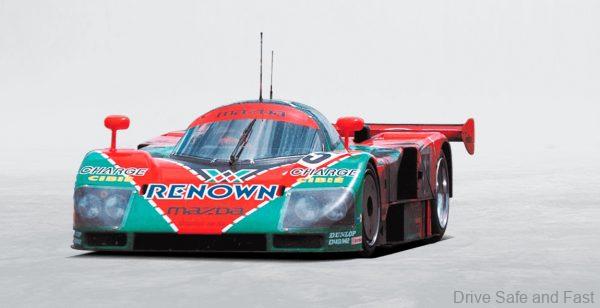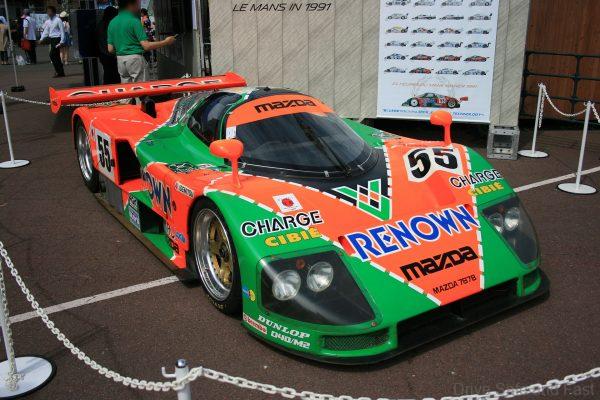The story of how Mazda, the rotary engine and the 787B made history at Le Mans,
Some younger car enthusiasts may not know this, but the first Japanese brand to win the coveted 24 Hours of Le Mans is actually Mazda. Not only did they win it before much larger Japanese brands with more resources, but they did it with a rotary engine.
Last month, Mazda celebrated the 30th anniversary of that legendary win. Here’s a summary of how it happened.

Mazda’s Le Mans adventure got started in 1970 when it became the engine supplier to a private Belgian team. At the time, it was Mazda’s first-ever production rotary engine that was being supplied, called the 10A. This was a 2-rotor design with a 1-litre displacement.

There was also a dealership team called Mazda Auto Tokyo that competed four years later in 1974 with the 12A engine, but this team encountered issues. This same team returned in 1979 with the RX-7 Savanna equipped with the 13B engine, but unfortunately, they did not initially qualify. However, from 1981 onwards they did qualify and returned to the race again and again.
When 1983 rolled around, the Mazda Auto Tokyo team’s Motorsport Division was evolved into the familiar “Mazdaspeed”. This was the factory performance team that paved the way towards a victory at the 1991 24 Hours of Le Mans, the most prestigious endurance race in the world.

It was the Mazda 787B that eventually took the win at the end of the race, but Mazda’s journey there was a tough one. This video best documents the major steps taken.
The 787B was driven to victory by Johnny Herbert (UK), Bertrand Gachot (Belgium), and Volker Weidler (Germany) having completed 362 laps after 24 hours at the Circuit de la Sarthe. The vehicle weighed just 830kg and had a 700PS quad-rotor, naturally-aspirated R26B rotary engine under the hood. Despite sharing the same rotor shape as the production 13B engine, there were loads of modifications that allowed the 787B’s engine to produce that much power for such an extended amount of time.

This includes the use of peripheral port intake and exhaust, electronically controlled injection, a linear variable air intake system, three-plug ignition, and ceramic apex seals.
The following year, rotary engines were banned from the discipline.
Mazda pays tribute to the victory with a special website that you can check out here.